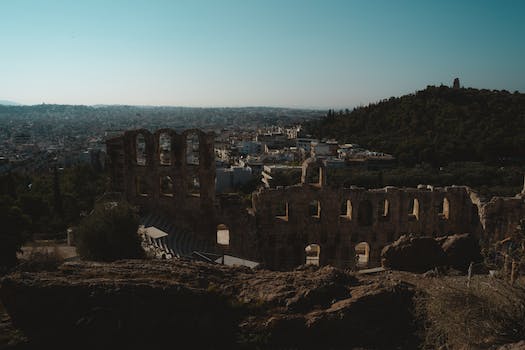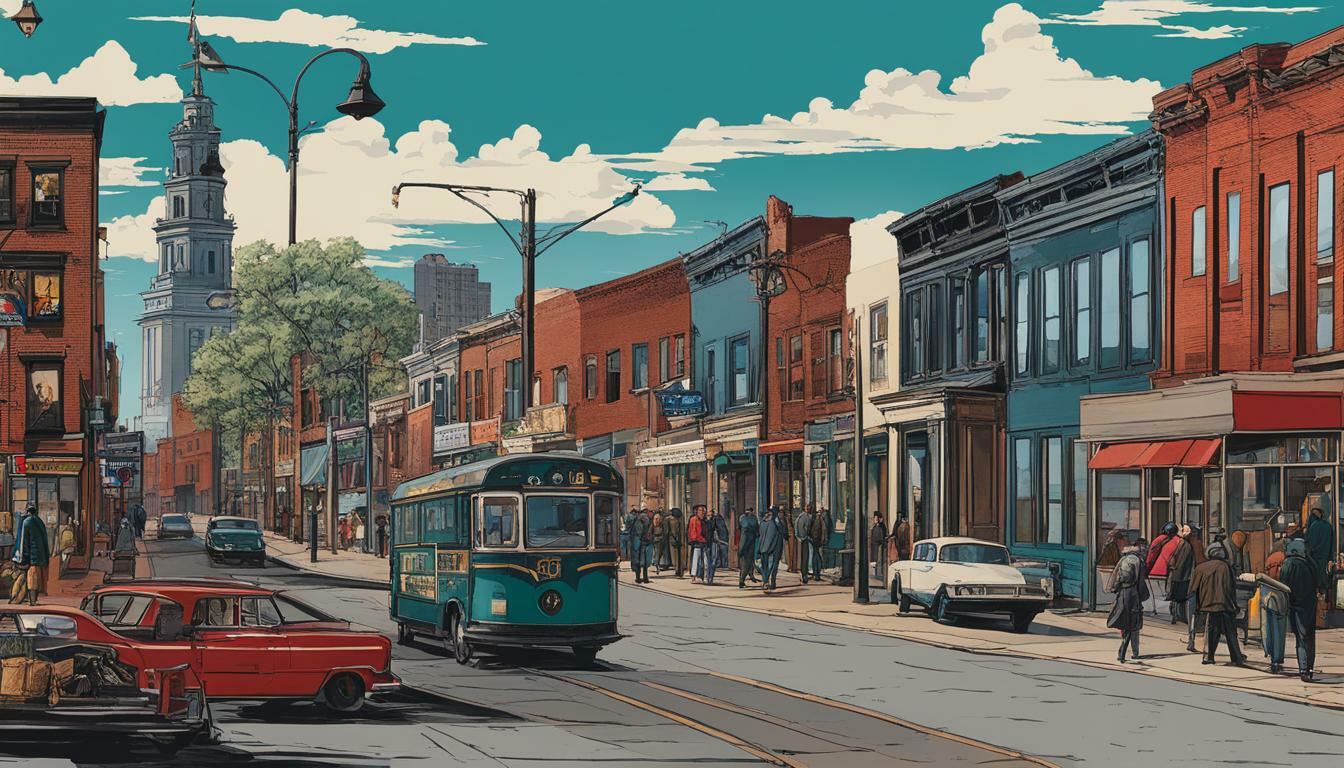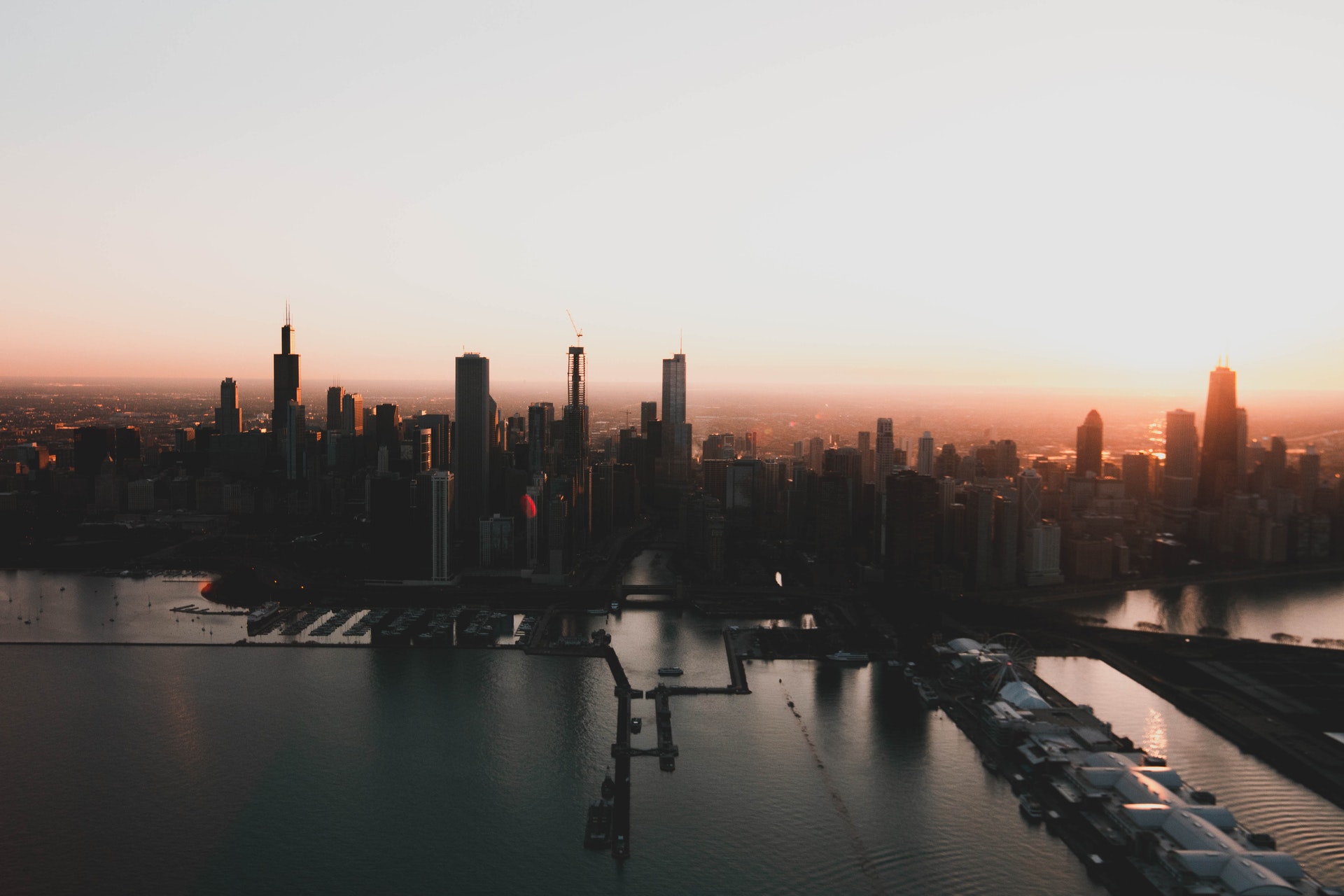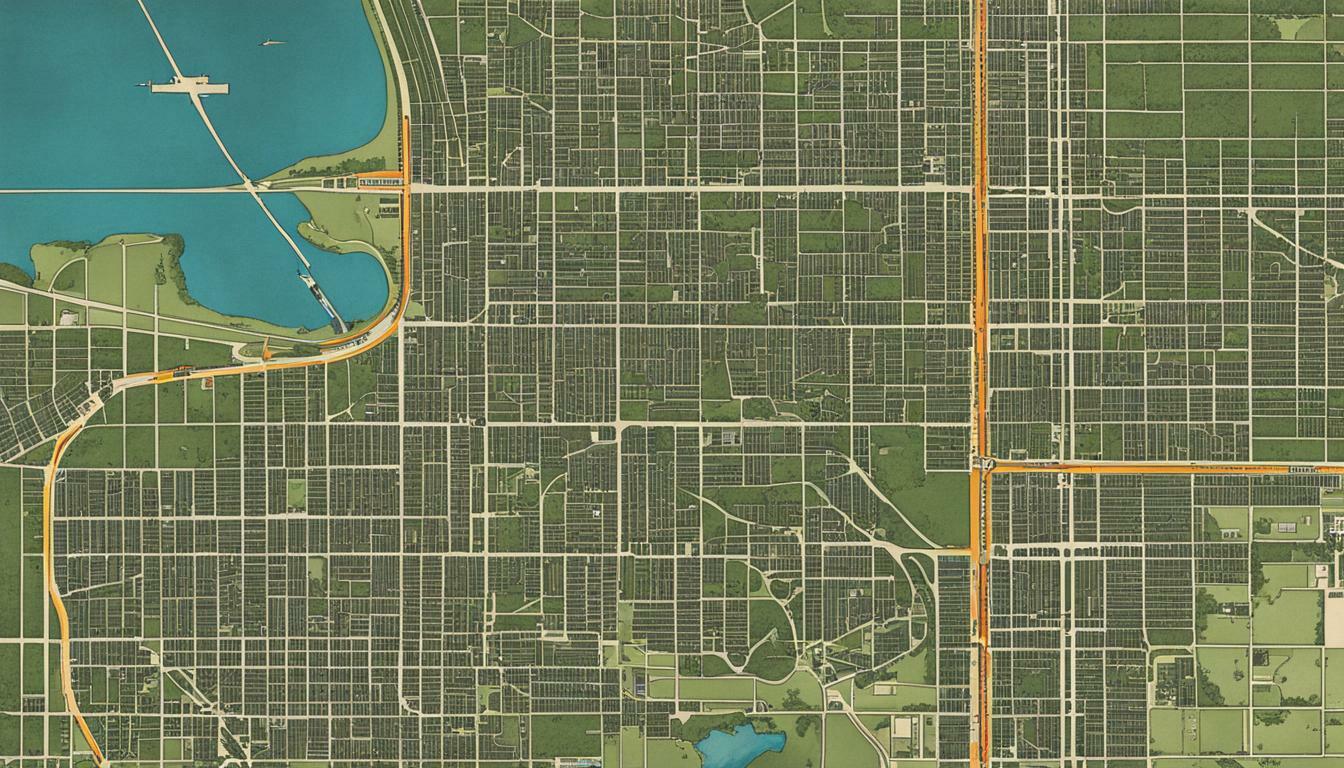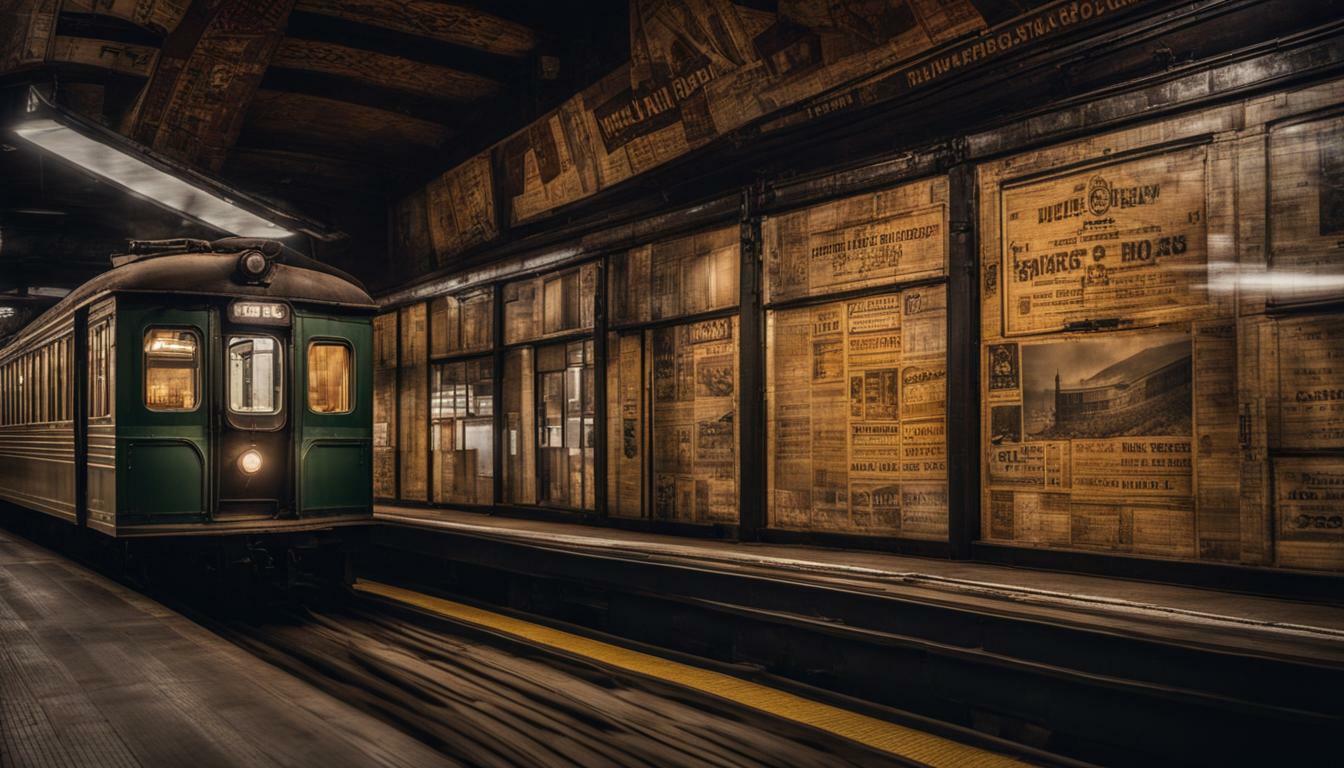The Great Chicago Fire of 1871
Chicago, the third-largest city in the United States, has a rich and fascinating history. One of the most significant events in the city’s history was the Great Chicago Fire of 1871. This devastating fire destroyed much of the city and had a profound impact on its development.
The fire began on October 8, 1871, in a small barn owned by Patrick and Catherine O’Leary. The exact cause of the fire is still unknown, but it is believed that a cow kicked over a lantern, igniting the hay and starting the blaze. The fire quickly spread, fueled by strong winds and dry conditions.
Despite the efforts of the city’s firefighters, the fire raged out of control for three days. It destroyed more than 17,000 buildings and left over 100,000 people homeless. The fire also claimed the lives of approximately 300 people.
The Great Chicago Fire was a turning point in the city’s history. It forced Chicago to rebuild and reinvent itself. The city’s leaders saw the fire as an opportunity to create a new and improved Chicago. They implemented new building codes and regulations to prevent future fires and improve safety. They also invested in new infrastructure, including a new water system and a new sewer system.
The rebuilding of Chicago after the fire was a massive undertaking. The city’s residents worked tirelessly to rebuild their homes and businesses. The rebuilding effort also attracted new residents and businesses to the city, fueling its growth and development.
The Great Chicago Fire also had a significant impact on the architecture of the city. Many of the buildings that were constructed after the fire were designed with fire safety in mind. They featured fireproof materials and designs that made them less susceptible to fires.
Today, the Great Chicago Fire is remembered as a tragic event in the city’s history, but also as a turning point that helped shape the city into what it is today. The city’s resilience and determination in the face of such a devastating event are a testament to the spirit of Chicago.
In conclusion, the Great Chicago Fire of 1871 was a significant event in the city’s history. It destroyed much of the city and had a profound impact on its development. However, the fire also provided an opportunity for the city to rebuild and reinvent itself. The rebuilding effort attracted new residents and businesses to the city, fueling its growth and development. Today, the Great Chicago Fire is remembered as a tragic event, but also as a turning point that helped shape the city into what it is today.
The Rise of the Chicago Gangs in the 1920s
Chicago has a rich and complex history, with many different eras and events that have shaped the city into what it is today. One of the most fascinating periods in Chicago’s history is the 1920s, when the city was home to some of the most notorious and powerful gangs in the country.
The rise of the Chicago gangs in the 1920s was fueled by a number of factors, including Prohibition, which made the production and sale of alcohol illegal. This created a huge demand for bootleg liquor, which the gangs were more than happy to supply. The gangs also controlled other illegal activities, such as gambling, prostitution, and protection rackets, which brought in even more money.
One of the most famous Chicago gangs of the 1920s was the Chicago Outfit, also known as the Capone gang. Led by the infamous Al Capone, the Chicago Outfit was involved in a wide range of criminal activities, including bootlegging, gambling, and murder. Capone himself became a household name, known for his flashy lifestyle and ruthless tactics.
Another major Chicago gang of the 1920s was the North Side Gang, led by George “Bugs” Moran. The North Side Gang was a bitter rival of the Chicago Outfit, and the two gangs engaged in a violent and bloody feud that lasted for years. The most famous incident in this feud was the St. Valentine’s Day Massacre in 1929, when seven members of the North Side Gang were gunned down in a garage by members of the Chicago Outfit.
The rise of the Chicago gangs in the 1920s was not without its consequences. The violence and corruption associated with the gangs led to a public outcry, and law enforcement officials began cracking down on the gangs with increasing force. In 1931, Al Capone was finally brought to justice and sentenced to 11 years in prison for tax evasion.
Despite the efforts of law enforcement, however, the Chicago gangs continued to thrive in the 1930s and beyond. The city remained a hub of organized crime, with various gangs vying for power and control. The legacy of the Chicago gangs of the 1920s can still be felt in the city today, with many of the same neighborhoods and streets still associated with the gangs and their activities.
Overall, the rise of the Chicago gangs in the 1920s was a fascinating and complex period in the city’s history. It was a time of great wealth and power for the gangs, but also a time of violence and corruption. Today, the legacy of the Chicago gangs serves as a reminder of the city’s past, and a cautionary tale about the dangers of organized crime.
The World’s Columbian Exposition of 1893
Chicago, the third-largest city in the United States, has a rich history that dates back to the early 1800s. One of the most significant events in the city’s history was the World’s Columbian Exposition of 1893, also known as the Chicago World’s Fair.
The World’s Columbian Exposition was held to celebrate the 400th anniversary of Christopher Columbus’s arrival in the New World. The fair was held in Jackson Park, which was transformed into a grand exhibition space. The fairgrounds covered over 600 acres and featured over 200 buildings, including the iconic White City.
The White City was a collection of neoclassical buildings that were painted white and adorned with electric lights. The buildings were designed by some of the most prominent architects of the time, including Daniel Burnham and Frederick Law Olmsted. The White City was a symbol of progress and modernity, and it attracted millions of visitors from around the world.
The fair featured exhibits from over 50 countries, showcasing the latest advancements in science, technology, and culture. Visitors could see the first Ferris wheel, which was designed by George Ferris and stood over 260 feet tall. They could also see the first moving sidewalk, which was invented by Jesse W. Reno.
The fair also featured exhibits on art, music, and literature. The Art Palace showcased works by some of the most famous artists of the time, including Claude Monet and Auguste Rodin. The Music Hall featured performances by famous musicians, including John Philip Sousa and Antonín Dvořák.
The fair was not without controversy, however. Many people criticized the fair for its exclusion of African Americans. The organizers of the fair created a separate building for African American exhibits, which was called the Negro Building. The building was designed by African American architect George Washington Maher and featured exhibits on African American history and culture.
Despite the controversy, the World’s Columbian Exposition was a huge success. It attracted over 27 million visitors during its six-month run and generated over $4 million in profit. The fair had a lasting impact on Chicago, and it helped to establish the city as a cultural and economic center.
Today, many of the buildings from the fair are still standing, including the Palace of Fine Arts, which is now the Museum of Science and Industry. The fairgrounds have been transformed into a beautiful park, which is a popular destination for tourists and locals alike.
In conclusion, the World’s Columbian Exposition of 1893 was a significant event in the history of Chicago. It showcased the latest advancements in science, technology, and culture and helped to establish the city as a cultural and economic center. While the fair was not without controversy, it had a lasting impact on the city and continues to be remembered as one of the most significant events in Chicago’s history.
The Haymarket Affair of 1886
Chicago has a rich and complex history, with many significant events that have shaped the city into what it is today. One of the most notable of these events is the Haymarket Affair of 1886.
The Haymarket Affair was a labor protest that took place on May 4, 1886, in Haymarket Square in Chicago. The protest was organized by labor activists who were advocating for an eight-hour workday. At the time, many workers were forced to work long hours in dangerous conditions, and the eight-hour workday was seen as a way to improve their lives.
The protest began peacefully, with speeches from labor leaders and activists. However, as the evening wore on, tensions began to rise. A group of police officers arrived on the scene, and a bomb was thrown into their midst. The bomb exploded, killing one officer and injuring several others.
The police responded with violence, firing into the crowd and killing several protesters. In the chaos that followed, several more officers and protesters were killed or injured.
The Haymarket Affair quickly became a national news story, with newspapers across the country reporting on the violence and the labor movement that had sparked it. The incident also had a profound impact on the labor movement in the United States, with many activists and leaders being arrested and imprisoned.
In the years that followed, the Haymarket Affair became a symbol of the struggle for workers’ rights and the fight against injustice. It was also a turning point in the history of Chicago, with the city becoming known as a center of labor activism and social reform.
Today, the site of the Haymarket Affair is marked by a monument that honors the workers who lost their lives in the protest. The monument features a statue of a police officer and a worker, standing together in solidarity.
The Haymarket Affair remains a powerful reminder of the importance of standing up for workers’ rights and fighting against injustice. It is a part of Chicago’s history that continues to inspire and motivate people to this day.
In conclusion, the Haymarket Affair of 1886 was a significant event in the history of Chicago and the United States. It was a turning point in the struggle for workers’ rights and the fight against injustice, and it continues to inspire and motivate people to this day. The monument that stands at the site of the protest is a powerful reminder of the sacrifices that were made by those who fought for a better future, and it serves as a symbol of hope for future generations.
The Chicago Race Riots of 1919
Chicago is a city with a rich and complex history, and one of the most significant events in that history was the Chicago Race Riots of 1919. This event was a turning point in the city’s history, and it had a profound impact on the lives of the people who lived there.
The Chicago Race Riots of 1919 were a series of violent clashes between white and black residents of the city. The riots began on July 27, 1919, when a group of white men stoned a black teenager who was swimming in Lake Michigan. The teenager drowned, and his death sparked a wave of violence that lasted for several days.
The riots quickly spread throughout the city, with white mobs attacking black neighborhoods and black residents fighting back. The violence was particularly intense in the South Side of the city, where many black residents lived. The police were unable to control the situation, and the National Guard was called in to restore order.
The riots resulted in the deaths of 38 people, 23 of whom were black. Over 500 people were injured, and more than 1,000 black families were left homeless. The riots also had a lasting impact on the city’s racial dynamics, as they highlighted the deep-seated racism that existed in Chicago at the time.
The Chicago Race Riots of 1919 were not an isolated incident. They were part of a larger pattern of racial violence that occurred throughout the United States in the early 20th century. This violence was fueled by a combination of economic, social, and political factors, including the Great Migration of African Americans from the South to the North, the rise of the Ku Klux Klan, and the fear of communism.
The riots also had a profound impact on the civil rights movement in the United States. They helped to galvanize black activists and organizations, who saw the riots as evidence of the need for greater political and social equality. The riots also led to the formation of the National Association for the Advancement of Colored People (NAACP) in Chicago, which became a leading voice for civil rights in the United States.
Today, the Chicago Race Riots of 1919 are remembered as a tragic and shameful chapter in the city’s history. They serve as a reminder of the deep-seated racism and inequality that have plagued the United States for centuries. However, they also serve as a testament to the resilience and determination of the people who fought for justice and equality in the face of adversity.
In recent years, there has been a renewed focus on the legacy of the Chicago Race Riots of 1919. In 2019, the city marked the 100th anniversary of the riots with a series of events and initiatives aimed at promoting racial reconciliation and healing. These efforts have included public art installations, community dialogues, and educational programs for young people.
While the scars of the Chicago Race Riots of 1919 may never fully heal, the city has made significant progress in addressing the issues of racism and inequality that led to the riots. Today, Chicago is a diverse and vibrant city that celebrates its rich cultural heritage and embraces the diversity of its residents. However, the lessons of the past must never be forgotten, and the city must continue to work towards a more just and equitable future for all of its residents.
The Growth Continues
A History of Chicago is a comprehensive and engaging account of the city’s development from its early days as a small trading post to its current status as a global metropolis. The book covers a wide range of topics, including politics, culture, architecture, and social issues, and provides readers with a deep understanding of the forces that have shaped Chicago over the centuries. Overall, A History of Chicago is a must-read for anyone interested in the history of one of America’s most iconic cities.
0
